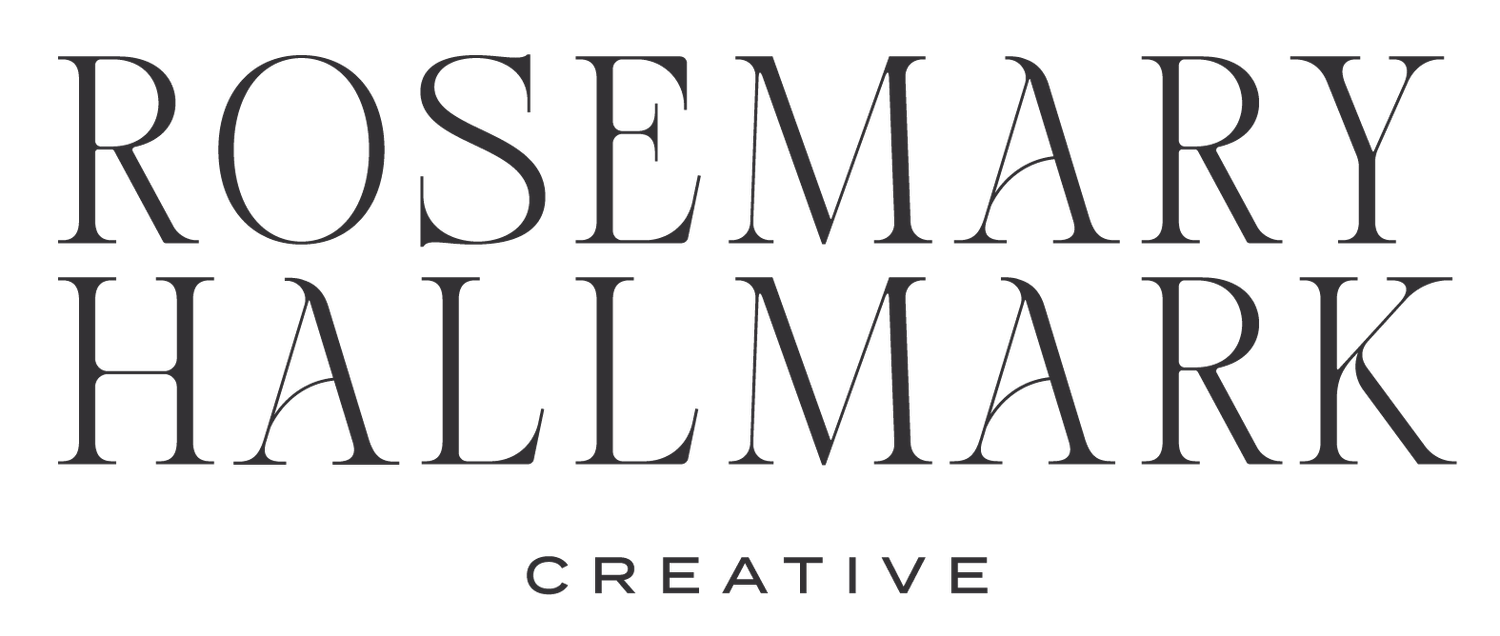Ten Essential Elements of an Effective Website Design
As much as I love a pretty website, effective web design goes beyond aesthetics; it ensures a seamless user experience and helps drive conversions. If you want to ensure that you create a captivating online presence that attracts and engages visitors, here are the ten essential elements that your website should incorporate.
USER-FOCUSED LAYOUT
An effective website design begins with a user-focused layout. Consider the natural flow of how users consume content and organize it accordingly. Utilize a grid system to maintain consistency and balance throughout the website.
INTUITIVE NAVIGATION
Navigation plays a pivotal role in guiding visitors through your website. Implement a clear and intuitive navigation structure that allows users to find information effortlessly. Use descriptive labels, logical grouping, and easy-to-find menus.
VISUAL HIERARCHY
Establishing a visual hierarchy helps visitors understand the importance and relationship between different elements on a page. Use size, color, and typography to emphasize key content, ensuring that users can quickly grasp your message and take action.
CONSISTENT BRANDING
Consistency is key in effective website design. Maintain a cohesive brand identity by using consistent colors, fonts, and imagery throughout your website. This helps to reinforce your brand and foster familiarity with your audience.
ENGAGING IMAGERY
High-quality imagery and graphics can greatly enhance the visual appeal of your website. Use compelling photos that resonate with your target audience and support your brand message, and optimize images for web to ensure fast loading times. Whenever possible, I encourage clients to have a brand photoshoot and avoid using only stock photos on their website. A photoshoot shows your work, ensures that your photos are in line with your brand’s messaging, is the best way to tell your brand’s story. Using only stock photos can give site users an uneasy feeling that your business is spammy or fake.
RESPONSIVE DESIGN
In today's mobile-dominated world, responsive design is paramount. Your website should seamlessly adapt to different screen sizes and devices, providing an optimal user experience across smartphones, tablets, and desktops.
LEGIBLE TYPOGRAPHY
Typography significantly impacts the readability and overall aesthetics of a website. Choose fonts that align with your brand's personality while prioritizing legibility. A clear hierarchy of font sizes guides users through your content effortlessly (and earns you bonus points with Google).
UTILIZE WHITESPACE
Whitespace, or negative space, is the area between elements on a webpage. It provides visual breathing room, enhances content legibility, and allows key elements to stand out. Strategically use whitespace to create a clean and uncluttered design.
FAST LOADING SPEED
A slow-loading website can lead to high bounce rates and visitor frustration. Optimize your website's loading speed by optimizing image sizes, minimizing code, and leveraging caching techniques. This ensures a seamless user experience and encourages visitors to stay on your site.
CROSS-BROWSER COMPATIBILITY
To reach a wide audience, your website design must be compatible with various browsers and operating systems. Test your website across popular browsers like Chrome, Firefox, Safari, and Edge, ensuring consistent functionality and appearance.
Effective website design combines aesthetics, functionality, and user experience to create an impactful online presence. By incorporating these ten essential elements, you'll be well on your way to having a visually captivating and user-friendly website. Remember, a well-designed website not only attracts visitors but also establishes trust, enhances brand perception, and drives conversions.

